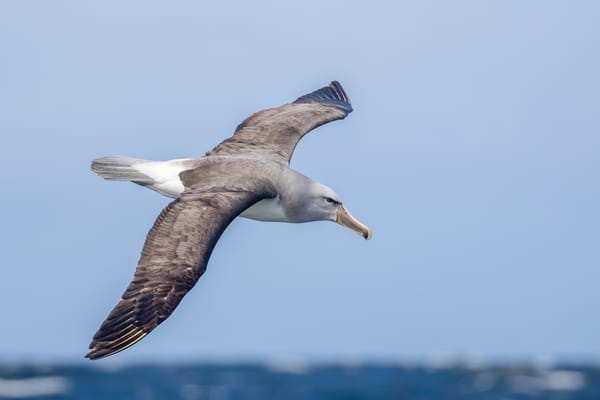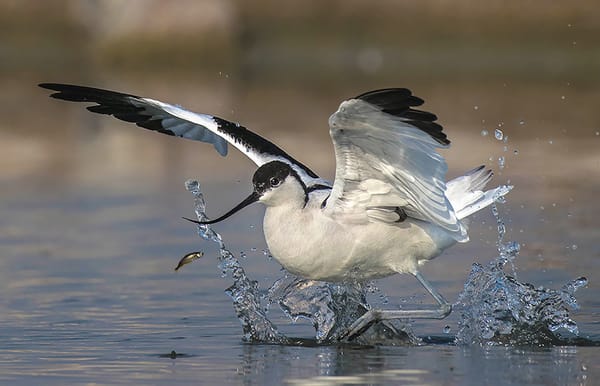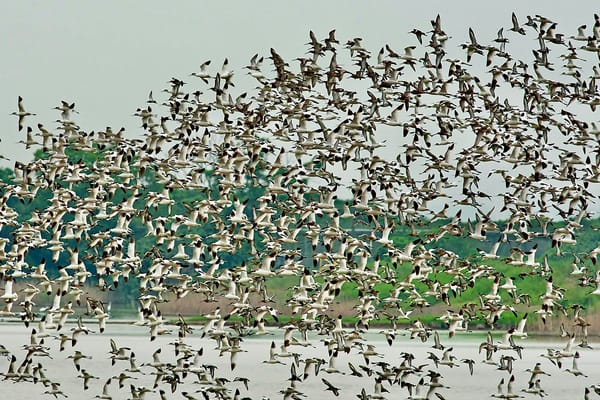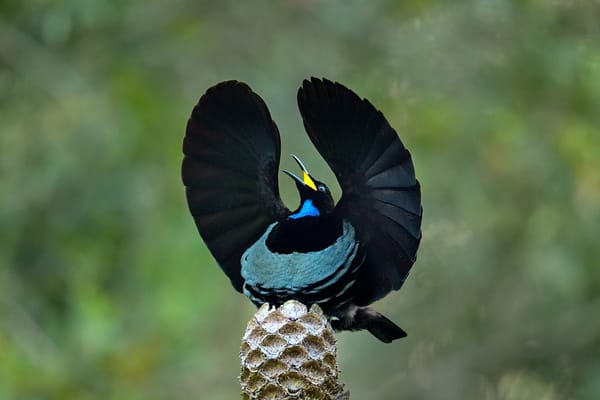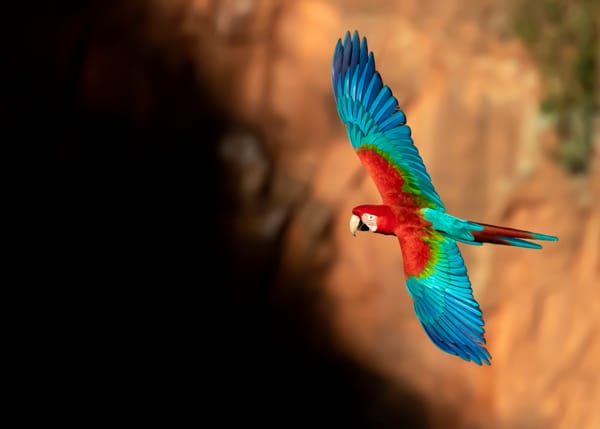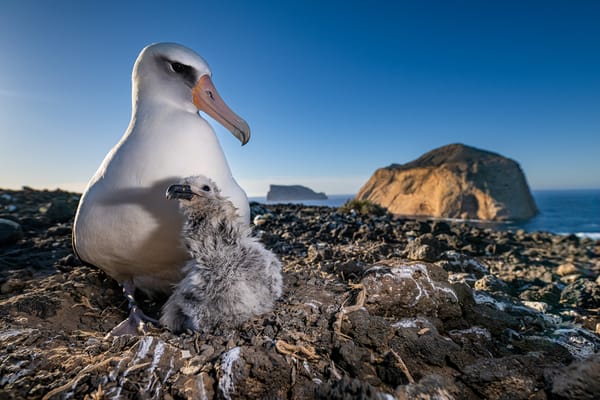
Rare coastal hailstorm kills or injures nearly 1,900 birds in Texas
A violent hailstorm that struck the Coastal Bend of Texas on 1 November delivered a rare and devastating blow to local bird populations. Updated assessments from the Harte Research Institute indicate that nearly 1,900 birds were killed or severely injured, with Brown Pelicans making up the vast majority of the casualties. Researchers recorded approximately 1,860 affected birds, including around 1,484 Brown Pelicans. While the storm primarily hit coastal waterbirds, smaller numbers o

The Ornithologist
